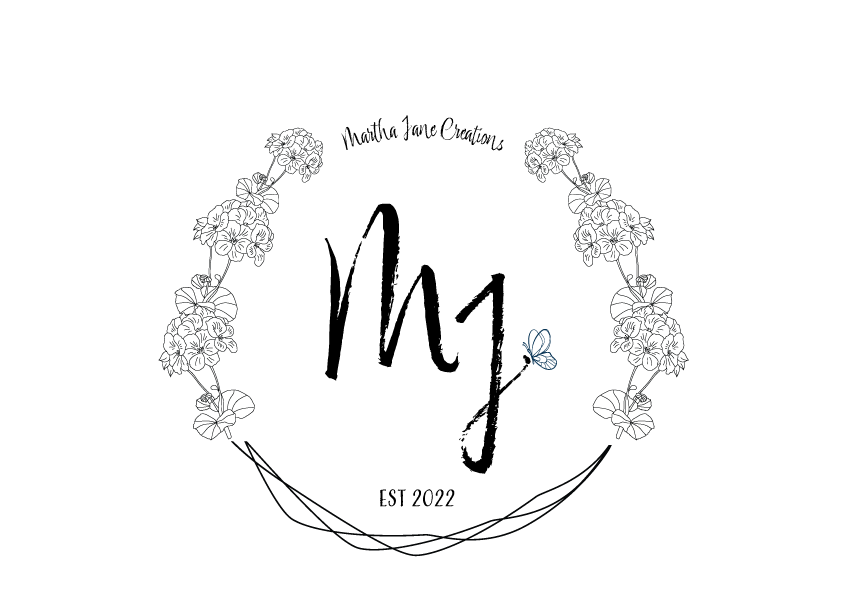Tutorial: Log Cabin Block
History
The Log Cabin quilt block has a rich history in America. It dates back to the 1800’s, with increased popularity during the Civil War and late Victorian Era. In 1863, the quilts became popular to raise money for the Union Army through raffles and may have been a symbol of loyalty to Abraham Lincoln - who grew up in a log cabin. The block later became associated with the reunion of the states and other American values as the centennial approached in 1876.
The block’s design is made of a central square focal point surrounded by “logs” that alternate in light and dark to create visual interest. The center square was often red to symbolize the hearth of the home, but other colors such as yellow to represent a welcoming light, have also been used.
The block’s setting, color placement, scale and material can all effect the final design. The block has many variations, including the different orientation and placement of light and dark fabrics. Some other names are “Sunshine and Shadow”, “Barn Raising”,
”Streak of Lightning”, “Straight Furrow”, or “Chevron”.
Another popular variation is the “Pineapple” pattern, in which the strips are placed at an angle with triangles at the corners and using a rectangle, triangle or hexagon as the center.
Tutorial
In this tutorial, I am going to walk you through a scrappy, modern meets traditional take on the Log Cabin Block. This tutorial will produce a 14” finished block, featuring a solid background color and 4 accent colors.
Supplies Needed
Sewing Machine
Rotary Cutter
Ruler
Thread
Seam Roller - not required, but highly recommended
Iron
Wool Pressing Mat or Ironing Board
Fabrics Needed
Background Fabric:
(1) 2 1/2” x 2 1/2”
(1) 2 1/2” x 4 1/2”
(1) 2 1/2” x 6 1/2”
(1) 2 1/2” x 8 1/2”
(1) 2 1/2” x 10 1/2”
(1) 2 1/2” x 12 1/2”
Accent Fabric - 4 colors:
Color 1
(1) 2 1/2” x 2 1/2”
Color 2
(1) 2 1/2” x 4 1/2”
(1) 2 1/2” x 6 1/2”
Color 3
(1) 2 1/2” x 8 1/2”
(1) 2 1/2” x 10 1/2”
Color 4
(1) 2 1/2” x 12 1/2”
(1) 2 1/2” x 14 1/2”
Block Assembly
Lay the block out as shown in the image below. Strips will be assembled in a counter-clockwise direction.
Sew the Color 1 - 2 1/2” x 2 1/2” square Right Sides Together (RST) with the Background (BG) - 2 1/2” x 2 1/2” square. Use a seam roller to press the seam towards the BG fabric.
Sew the BG - 2 1/2” x 4 1/2” strip RST along the long side (top) of the unit just created. Use a seam roller to press the seam towards the BG fabric. **A seam roller is not required but it is my preferred method to allow for a quick, crisp seam without having to go back and forth between an iron and your machine. It allows for a quicker assembly. while still maintaining accuracy.
Sew the Color 2 - 2 1/2” x 4 1/2” strip RST along the left side of the unit. Use a seam roller to press the seam towards the Color 2 fabric.
Sew the Color 2 - 2 1/2” x 6 1/2” strip RST along the bottom side of the unit. Use a seam roller to press the seam towards the Color 2 fabric.
Sew the BG - 2 1/2” x 6 1/2” strip RST along the right side of the unit. Use a seam roller to press the seam towards the BG fabric.
Sew the BG - 2 1/2” x 8 1/2” strip RST along the top side of the unit. Use a seam roller to press the seam towards the BG fabric.
Sew the Color 3 - 2 1/2” x 8 1/2” strip RST along the left side of the unit. Use a seam roller to press the seam towards the Color 3 fabric.
Sew the Color 3 - 2 1/2” x 10 1/2” strip RST along the bottom side of the unit. Use a seam roller to press the seam towards the Color 3 fabric.
Sew the BG - 2 1/2” x 10 1/2” strip RST along the right side of the unit. Use a seam roller to press the seam towards the BG fabric.
Sew the BG - 2 1/2” x 12 1/2” strip RST along the top side of the unit. Use a seam roller to press the seam towards the BG fabric.
Sew the Color 4 - 2 1/2” x 12 1/2” strip RST along the left side of the unit. Use a seam roller to press the seam towards the Color 4 fabric.
Sew the Color 4 - 2 1/2” x 14 1/2” strip RST along the bottom side of the unit. Use a seam roller to press the seam towards the Color 4 fabric.
Finishing
The Log Cabin Block is complete! Take the block to your iron and give it a good press.
There are so many options to use the block: you could use it in a tote bag, finish it like a mini quilt and hang it on the wall, add it to a shirt to wear, or make more blocks and turn it into a quilt! If you would like a FREE PDF with assembly instructions and fabric requirements for a throw size quilt, just click on the button below to be added to my email list. I’ll send the pattern right over, and then I will pop into your inbox from time to time with other fun tutorials, new pattern announcements and fun inspiration!
I hope you enjoyed this tutorial and I am so glad that you are joining along!













